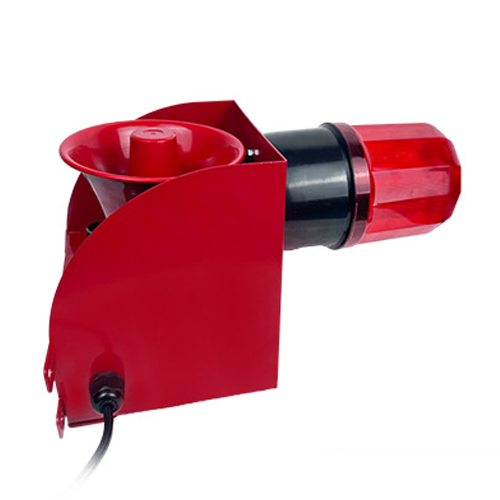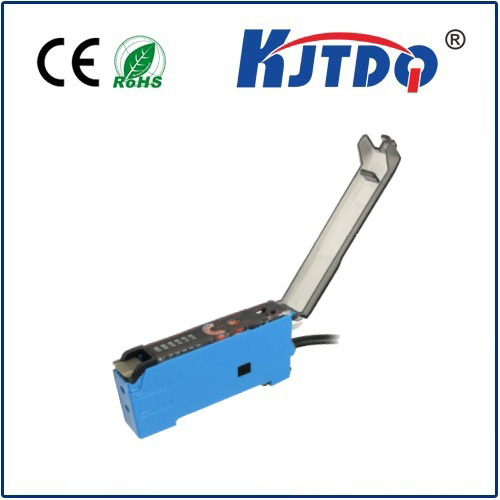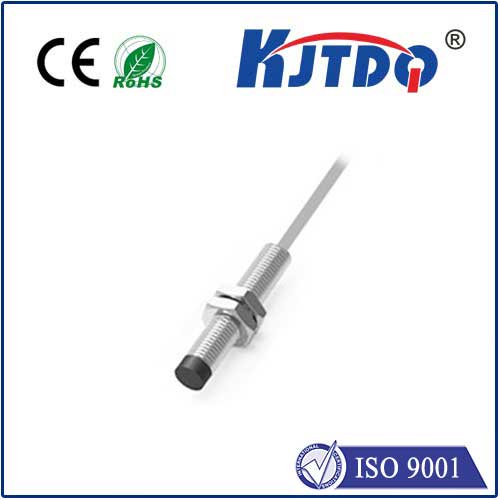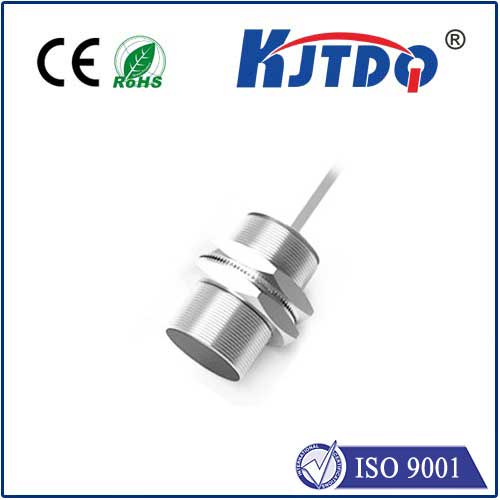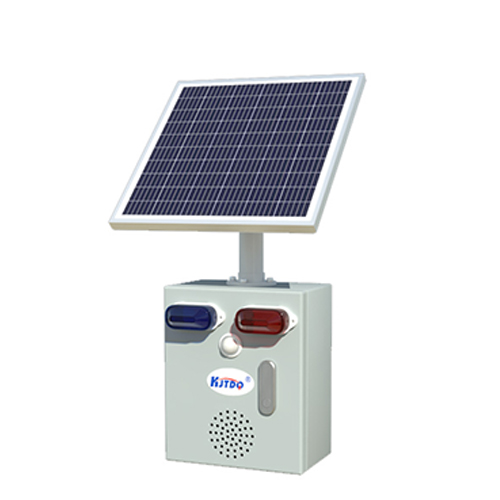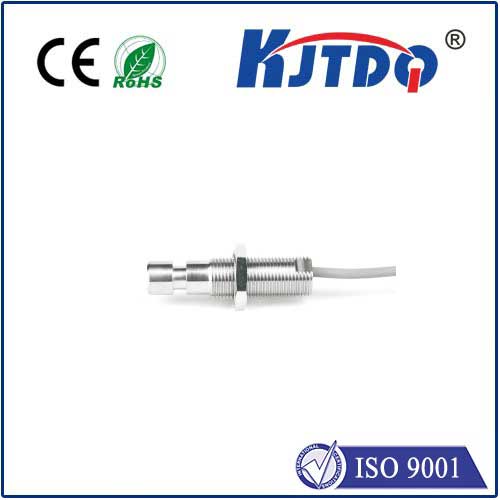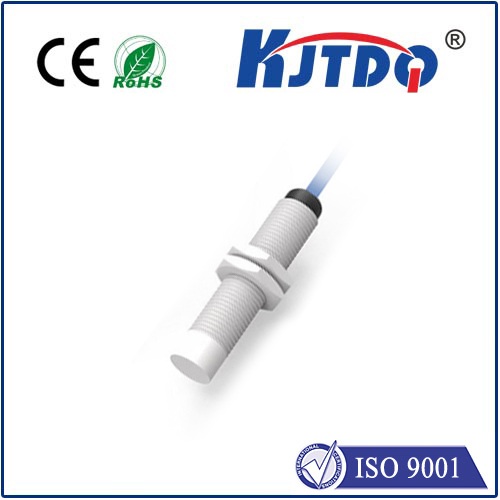ultrasonic proximity sensors panel
- time:2025-09-06 00:52:59
- Нажмите:0
Ultrasonic Proximity Sensors Panel: The Power of Multi-Sensor Detection
Imagine an automated guided vehicle (AGV) smoothly navigating a bustling warehouse aisle. It approaches an unexpected obstacle – a fallen pallet. Instantly, it halts, avoids collision, and safely reroutes. This seamless interaction isn’t magic; it’s the critical function of an ultrasonic proximity sensors panel. More than just individual detectors, these integrated panels represent a sophisticated system designed for robust, wide-area proximity sensing and collision avoidance across demanding industrial and commercial landscapes. Their ability to work reliably in complex, variable environments makes them indispensable.
Unlike a single ultrasonic sensor providing a narrow detection cone, a proximity sensors panel integrates multiple transducers into a single unit or coordinated system. This configuration significantly expands the coverage area, enhances detection reliability, and creates a more comprehensive “safety zone” around machinery, vehicles, or access points. By working in concert, these sensors overcome the blind spots inherent to single-unit deployment, offering a layered defense against unintended contact.

The underlying principle remains elegantly simple yet highly effective. Each ultrasonic transducer in the panel emits high-frequency sound waves (typically 40 kHz to 400 kHz, beyond human hearing). These waves travel through the air until they encounter an object. Upon reflection, the sound waves return to the sensor. The internal electronics then calculate the distance to the object based on the time-of-flight – the precise interval between emitting the pulse and receiving the echo. This measured distance is then compared to preset thresholds. If an object enters the defined safety zone, the panel triggers an output signal – this could be a warning light, an audible alarm, an automated stop command sent to machinery, or data fed into a central control system.
What sets ultrasonic proximity sensor panels apart, driving their preference in challenging scenarios?
- Exceptional Environmental Tolerance: Ultrasonic waves are largely unaffected by common industrial nuisances like dust, smoke, fog, or ambient light variations (sunlight, shadows). This makes ultrasonic panels ideal for environments where optical sensors (like photoelectric or laser) struggle or fail completely, such as foundries, woodshops, mining operations, or outdoor applications.
- Material Agnosticism: They reliably detect objects regardless of surface color, transparency, or material composition (metal, wood, plastic, liquid, fabric), as long as the surface reflects sound waves reasonably well. This contrasts sharply with capacitive sensors (sensitive to material type) or inductive sensors (only detect metals).
- Robust Distance Sensing: Capable of accurately measuring distances over useful ranges, typically from a few centimeters up to several meters, depending on the specific sensor model and panel design. This flexibility allows tailoring safety zones precisely.
- Cost-Effectiveness: Especially for larger coverage areas, integrating multiple sensors into a pre-configured panel or system can be more economical and easier to install and maintain than deploying numerous individual sensors separately.
The applications demanding the capabilities of ultrasonic proximity sensor panels are diverse and critical:
- Industrial Automation & Robotics: Creating safety perimeters around robotic arms, collaborative robots (cobots), presses, CNC machines, and assembly lines to prevent operator injury. Guiding AGVs/AMRs for obstacle detection, docking, and navigating complex paths safely.
- Material Handling & Logistics: Protecting personnel near automated storage and retrieval systems (AS/RS), palletizers, conveyor intersections, and overhead crane paths. Ensuring safe operation of forklifts and lift trucks, particularly in blind spot detection systems.
- Automated Doors & Gates: Providing reliable, non-contact activation for industrial doors, garage doors, and security gates, unaffected by dirt or weather conditions that plague optical sensors.
- Parking Guidance & Vehicle Detection: Used in parking garages to monitor space occupancy or in automated vehicle washes and service bays for precise vehicle positioning.
- Level Monitoring (Bulk Solids): While not their primary proximity function, panels can be configured for non-contact level detection in silos containing powders or granules, leveraging their distance measuring ability and tolerance to dust.
Implementing an ultrasonic proximity sensors panel effectively requires careful consideration:
- Coverage Pattern: Understanding the combined detection field created by the multiple transducers is crucial. Panels can be designed for wide-area coverage, focused narrow beams, or specific patterns. Mapping the effective detection zone is essential for safety.
- Mounting & Alignment: Precise installation according to manufacturer specifications is vital. The panel must be positioned to cover the intended hazard zone without obstructions and angled correctly relative to potential approach paths.
- Environmental Extremes: While excellent against dust and moisture, extreme temperatures, high winds, or very loud ambient noise can potentially interfere with performance. Selecting panels rated for the specific operating environment is key.
- Target Characteristics: Highly absorbent materials (like thick foam or certain textiles) or very small, thin objects might reflect insufficient sound energy for reliable detection.
- False Triggers: Care must be taken to avoid mounting near sources of strong air turbulence (like compressed air vents) or highly vibrating surfaces, which can sometimes cause spurious signals. Advanced filtering and signal processing in modern panels mitigate this.
In essence, an ultrasonic proximity sensors panel is more than just a collection of sensors; it’s an engineered solution for robust, non-contact presence detection where reliability, material independence, and environmental resilience are paramount. By harnessing the collective power of multiple ultrasonic transducers, these panels form the invisible shield that prevents collisions, protects personnel, and ensures the smooth, safe operation of automated systems across countless industries. Their ability to perform where other technologies falter cements their vital role in modern automation and safety frameworks. For engineers and system integrators tasked with safeguarding dynamic processes and workspaces, the ultrasonic proximity panel offers a uniquely powerful and dependable tool.

